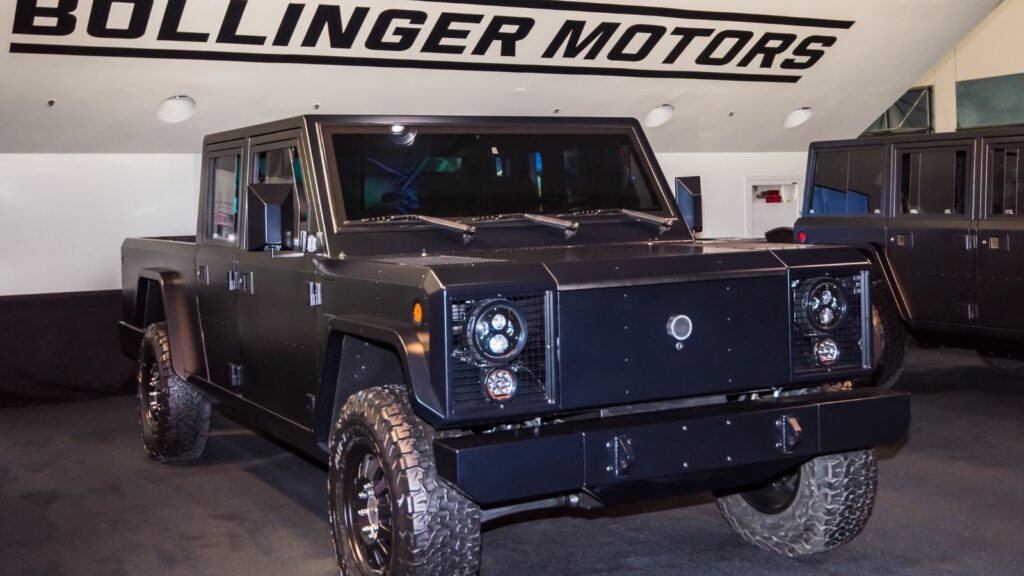The automotive industry has witnessed many innovations over the last century, transforming driving. Some features we deem normal today have come to life after numerous failures and attempts. Further enhancements and innovation build on these features, the groundwork of which was laid several decades ago. These may range from power engines and brakes to different devices concerning stability. Here are 14 innovative cars that introduced features we can’t live without today.
Cadillac LaSalle
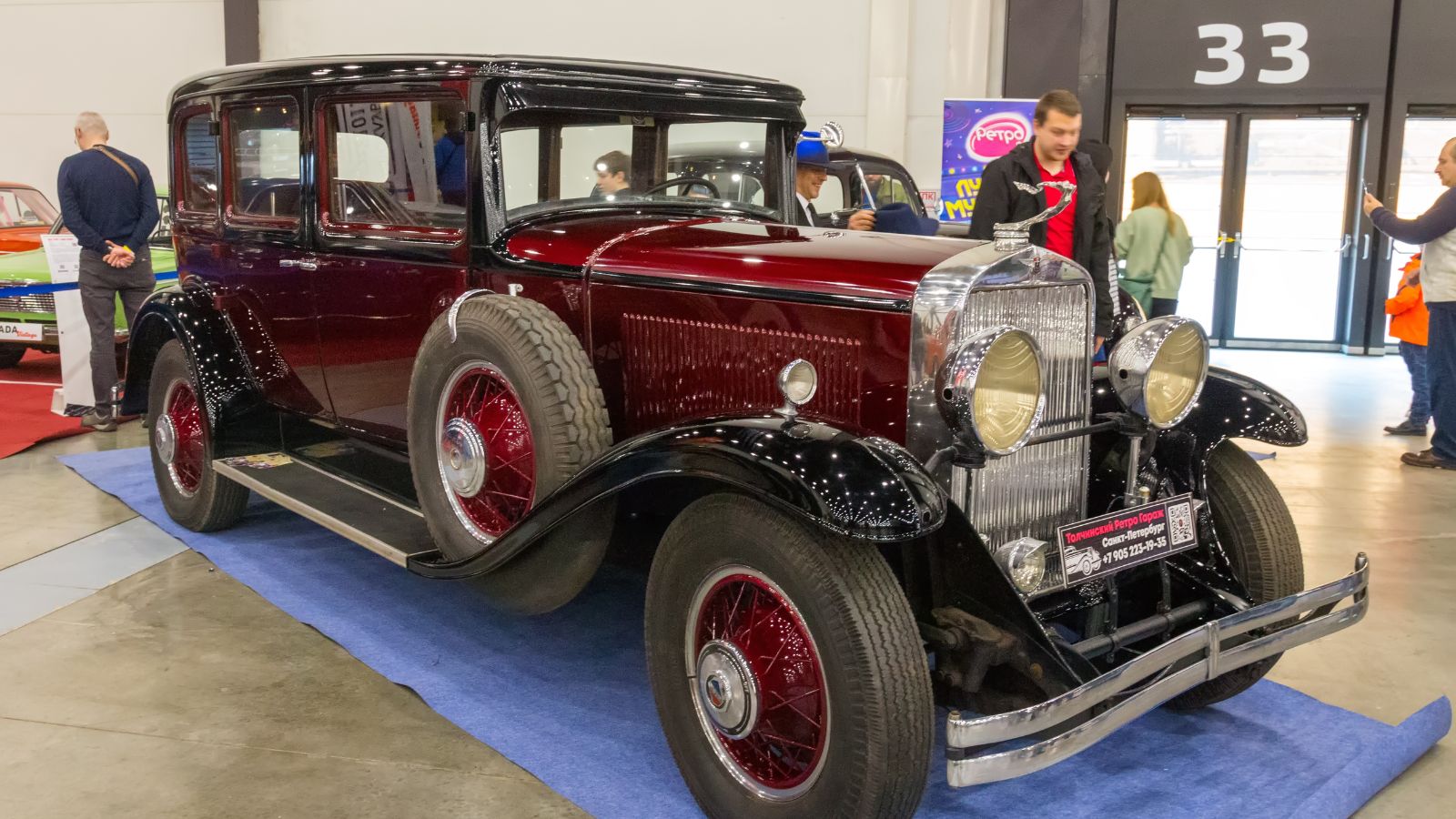
Introduced in 1927, the Cadillac LaSalle was the first vehicle credited for introducing hydraulic brakes in the industry. In simple words, hydraulic brakes utilize brake fluid in the form of oil pressure, which is then used to push the piston and stop the car. Before this innovation, cars relied solely on mechanical brakes, often undistributed and challenging to jam. With this feature today, not only is the pedal effort reduced, but also there is an increased braking efficiency in vehicles.
Cadillac Type 51
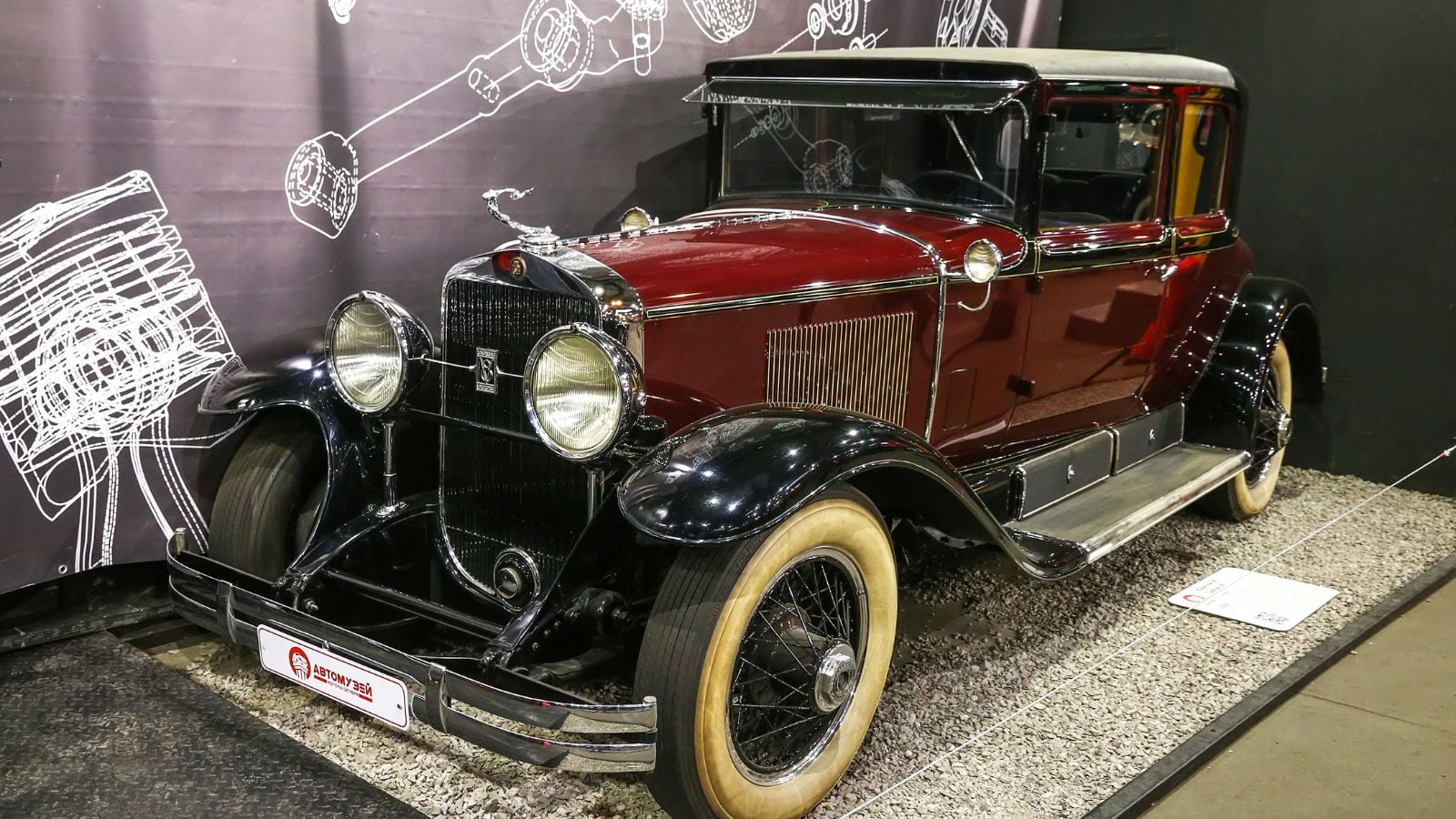
The Cadillac Type 51 was the first to introduce the powerful V8 engine in 1915. Previously, four-cylinder engines were the industry’s norm, but they were inconvenient due to their strong vibrations. Compared to a V8 engine, they naturally produced less power and lacked torque and performance. With V8 engines today, vehicles can achieve better fuel economy amidst a smooth yet thrilling ride.
Chrysler Airflow

An aerodynamic design is critical in contemporary vehicles, enhancing their efficiency and reducing drag. Before Chrysler Airflow introduced the concept of an aerodynamic design in 1934, all cars had a boxy design. This revolutionary principle transformed the industry completely, showcasing its advantages, especially in improving stability. It was received with mixed reactions then but was a disguised blessing.
Jeep CJ

The Jeep CJ showcased the benefits of a novel four-wheel drive, introducing this to the public in 1945. People had to use a two-wheel drive system, suffering from stability issues and traction on various surfaces. The Jeep CJ was a core military jeep in World War II and had used the four-wheel drive to navigate the rough surfaces. In contemporary times, vehicles enjoy improved traction, credited to the four-wheel drive that has been a core component in increasing off-road capabilities.
Volkswagen Beetle

One of the most famous vintage vehicles, an icon, and a cult classic, the Volkswagen Beetle was the “people’s car.” This vehicle is remembered for its rear-engine layout, which it introduced in 1938. Before the Beetle, cars usually used a front-engine layout or a rear-wheel drive configuration. With the advent of this distinctive feature, the weight of the cars could be easily managed alongside an improvement in stability.
Chevrolet Corvette

The Chevrolet Corvette, also known as the “father of the sports car,” was the first to showcase a fiberglass body. Introduced in 1953, this vehicle had already established its dominance with its sheer performance and tracking-oriented performance. While steel bodies did not necessarily cause any harm, fiberglass bodies paved the way for lightweight construction. This directly positively impacted performance and fuel efficiency, exposing the groundwork for this feature.
Ford Mustang (1964) – The Pony Car

Muscle cars captured the spirit of the industry in the 1960s and 1970s with their exhilarating bodies. The muscle cars, Ford Mustang in particular, were the first to introduce the pony car design with its long hood and short deck. This led to the formation of a new category, muscle cars or pony cars, which featured powerful engine options. This style is still as charming as ever to this day, providing a sense of nostalgia that led to a major cultural impact.
Toyota Prius
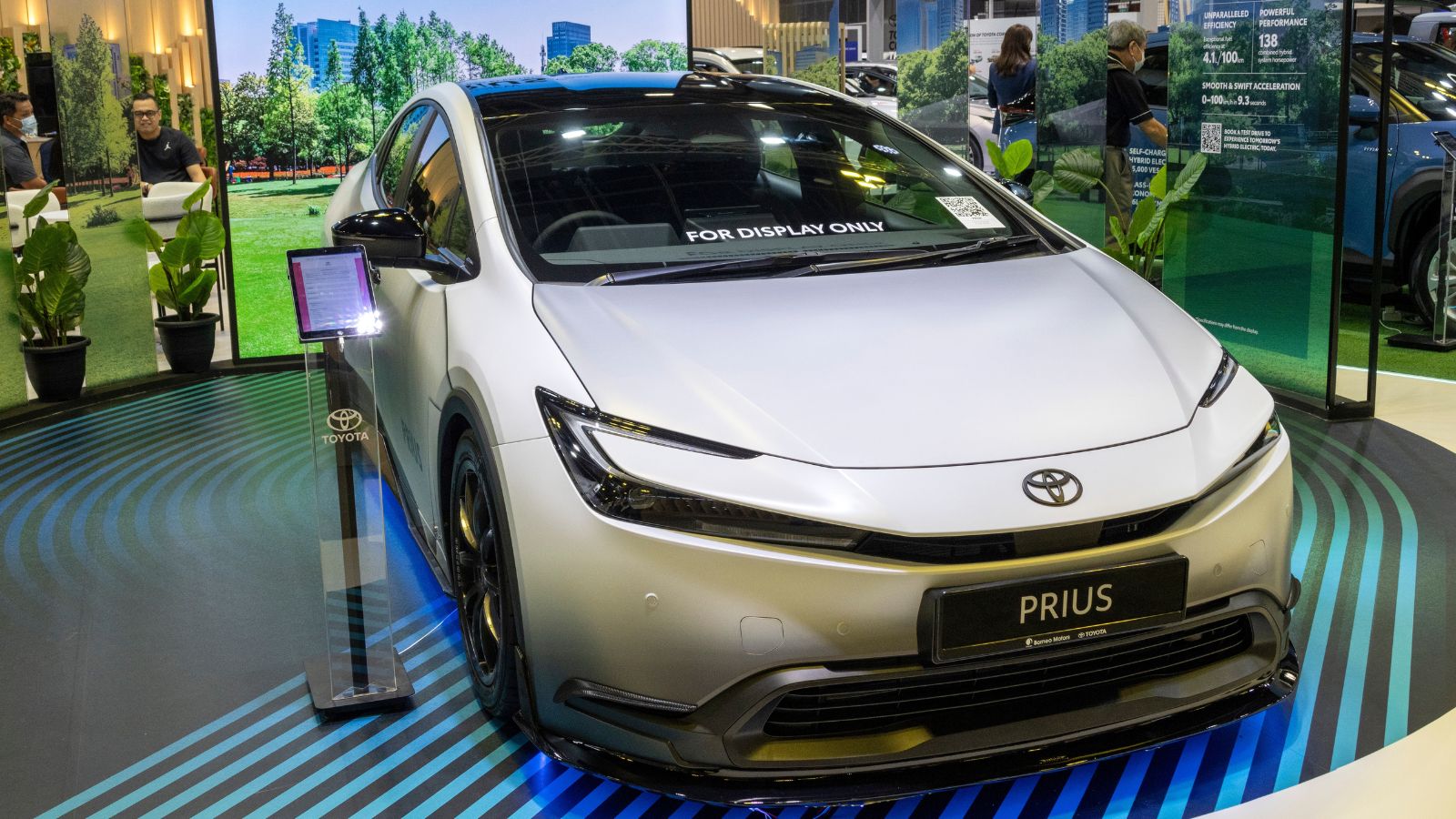
Gasoline vehicles have been around the corner forever, but the Hybrid technology introduced by the Toyota Prius in 1997 was a game charger. This technology is here to stay and is the perfect option for most drivers who want to play their role in reducing emissions. Hybrid technology combines a gasoline-powered engine with electric motors, thus improving fuel efficiency.
Mercedes-Benz S-Class (1978) – Anti-lock Braking System (ABS)
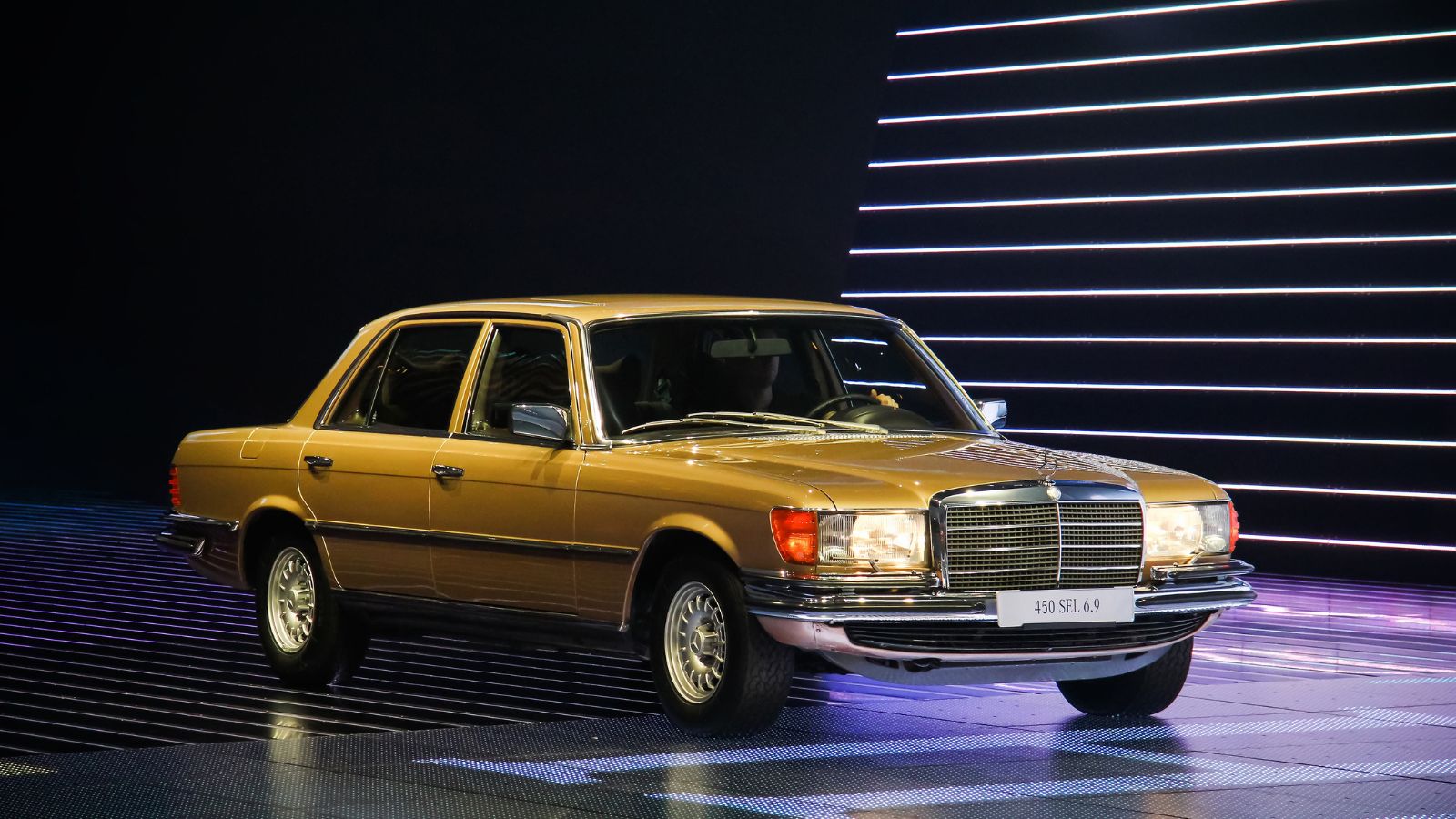
The automotive industry has seen quite a few innovations in refining the brake system, be it mechanical or hydraulic. In 1978, Mercedes delivered an innovative feature to the industry: the first car to be equipped with an anti-lock braking system. This system has become essential in terms of safety, preventing wheel lockups, and maintaining steering control.
Audi Quattro (1980) – All-Wheel Drive
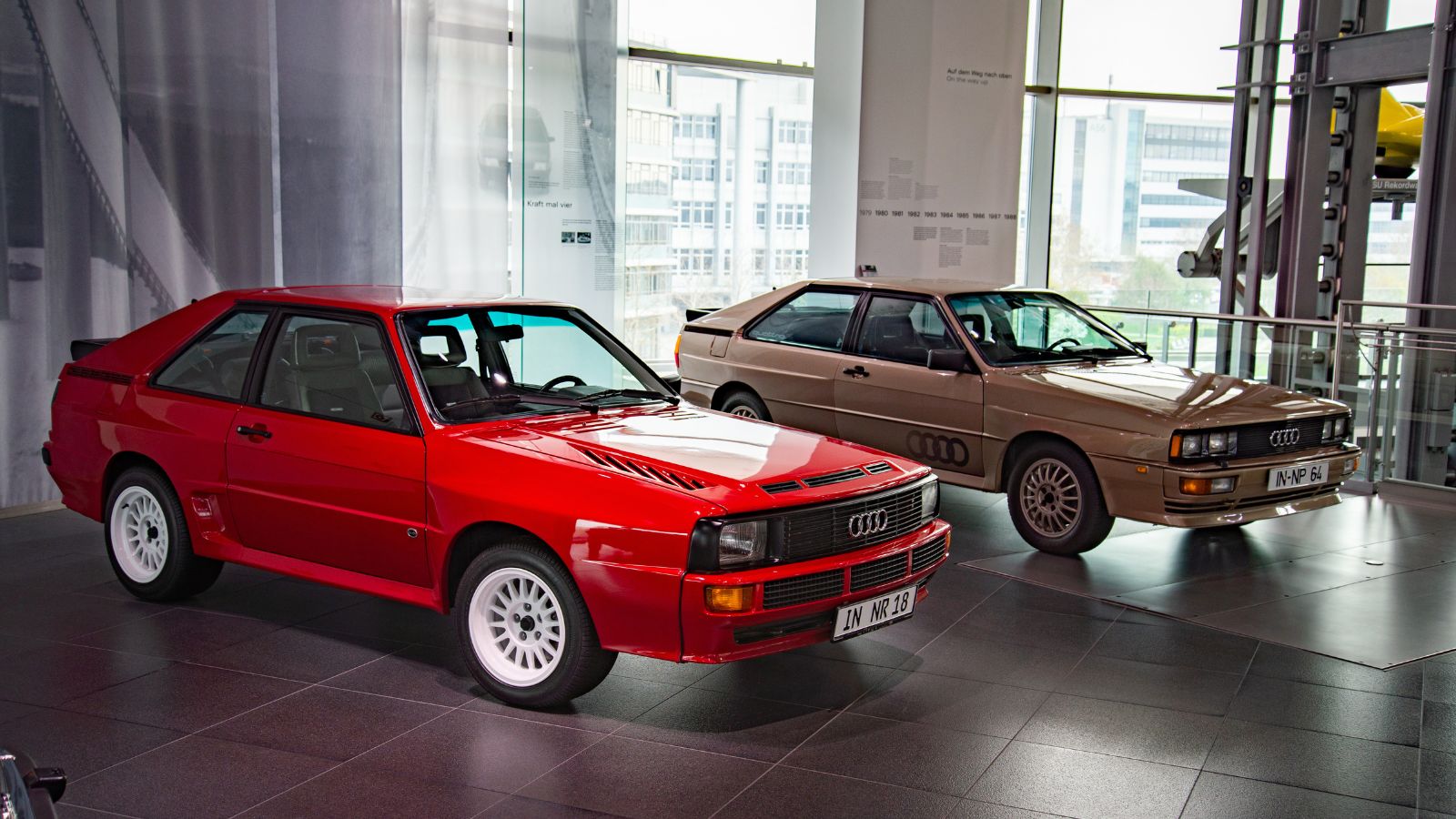
One of the most remarkable features of all Audi vehicles is their stability and traction, regardless of the surface. They have been powered with an all-wheel drive system, featured in the Audi Quattro in 1980, a remarkable innovation. Some of the best sports cars and luxurious vehicles come with a standard all-wheel drive. With the help of the all-wheel drive, torque is automatically sent to all four of a vehicle’s wheels.
BMW 7
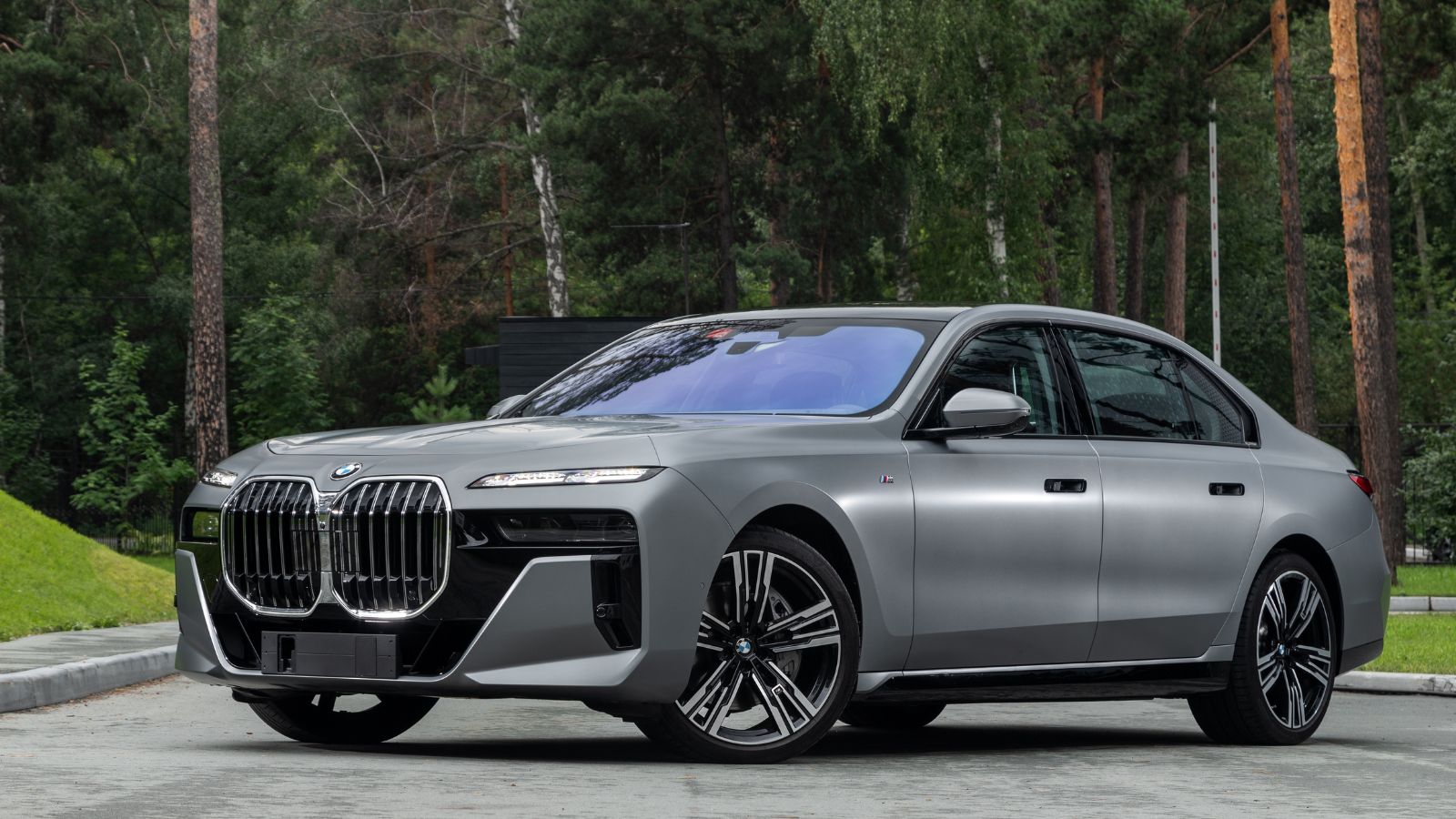
The BMW 7 Series introduced an innovative feature of in-car navigation, making it easier for drivers to navigate around. As the name suggests, in-car navigation refers to digital mapping and real-time guidance. Instead of recalling routes or using some sort of map, drivers can easily take advantage of the advanced map systems. Introduced in 1994, this technology has reached new heights in the contemporary world, integrating with augmented reality and heads-up displays.
Toyota Mirai (2014) – Hydrogen Fuel Cell Technology
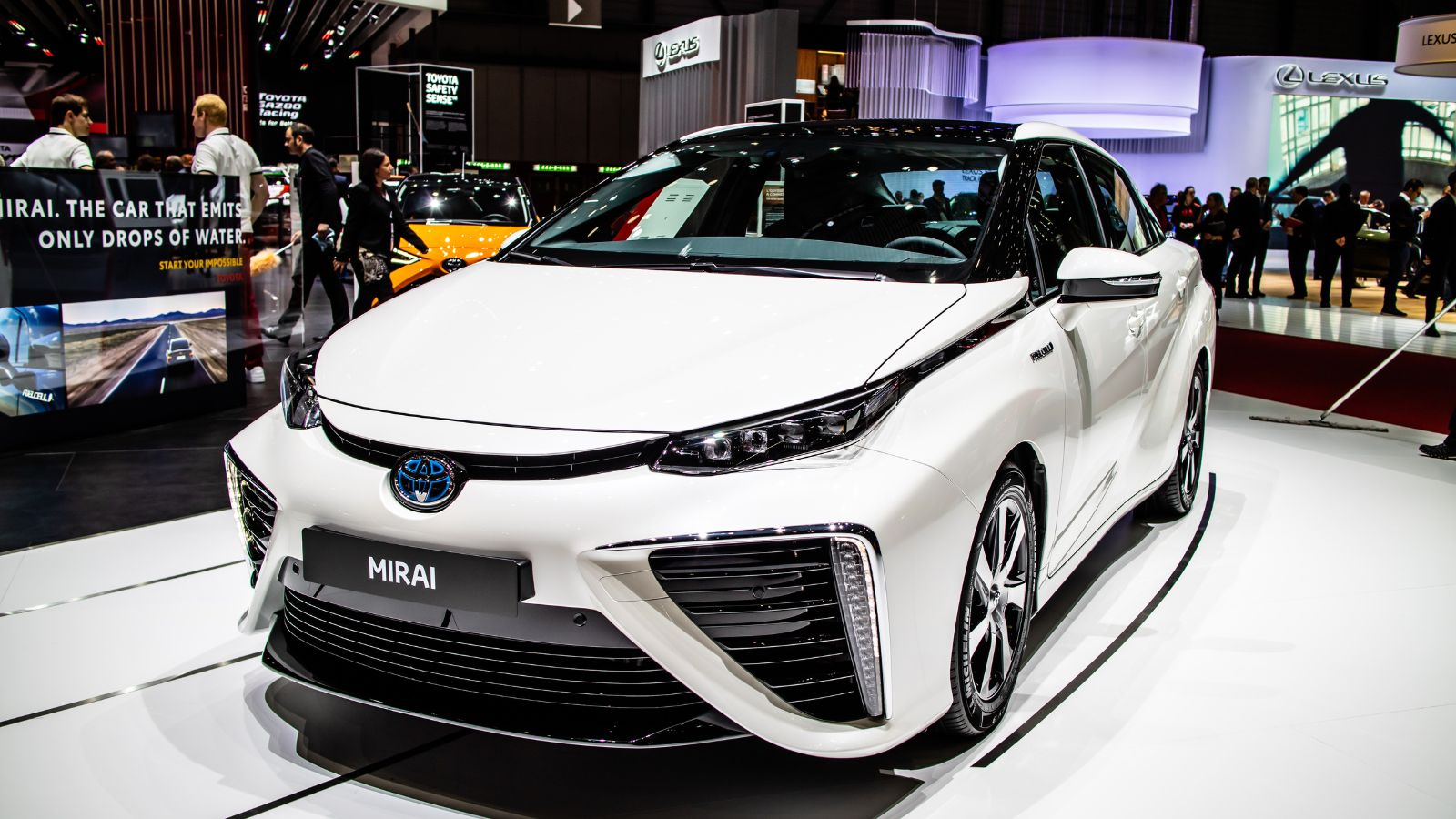
The Toyota Mirai, introduced in 2014, is an innovative car that introduced hydrogen fuel cell technology. This technology revolves around using compressed hydrogen gas to power the vehicle. Electric vehicles are criticized for using lithium-ion batteries, which significantly increase carbon footprint. The only byproduct of this technology is water vapor, offering zero emissions and quick refueling.
Tesla Model S (2012) – Autopilot
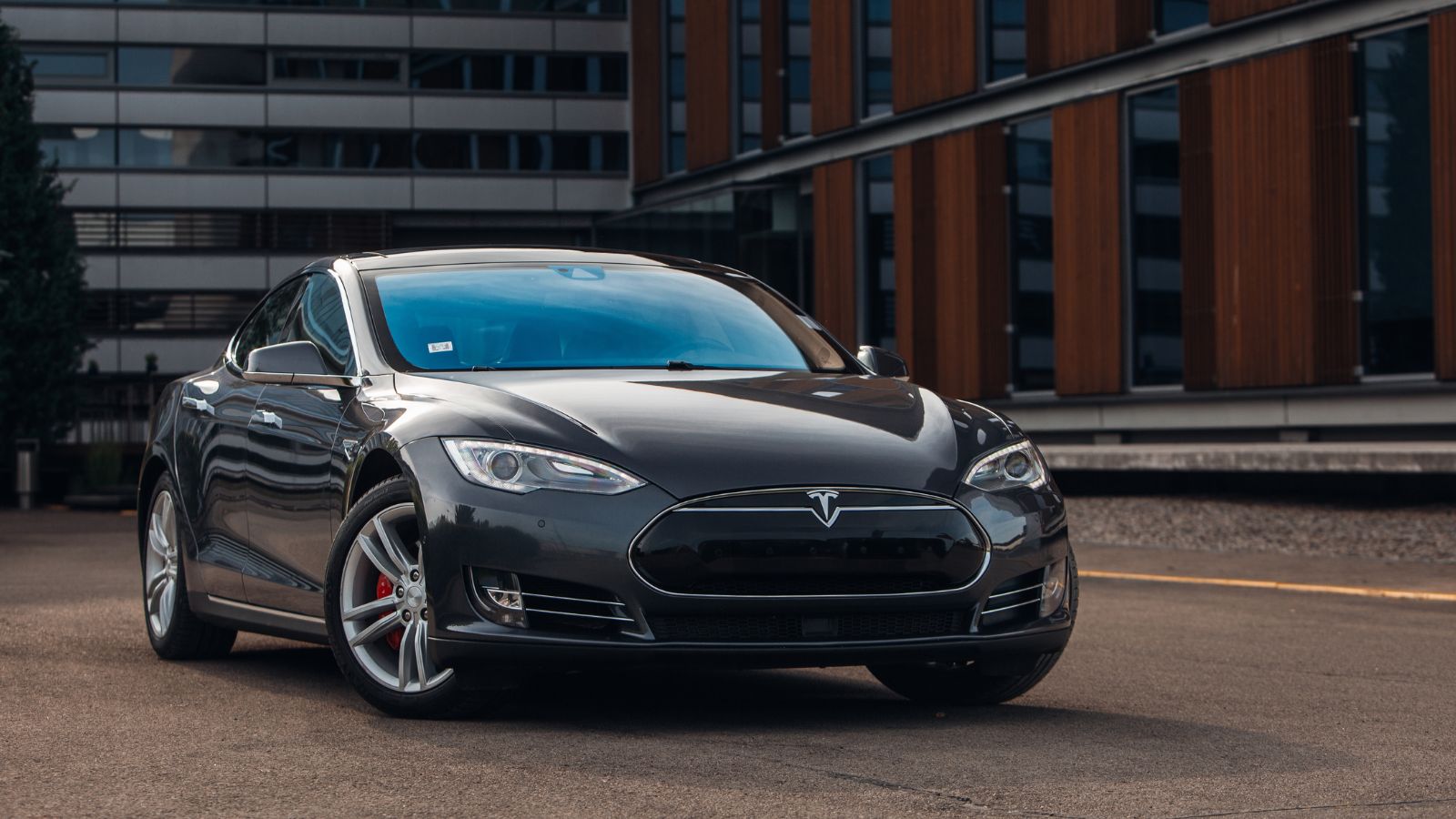
Probably the best electric vehicle in the industry, the Tesla Model S has redefined the capabilities of eclectic cars. Introduced in 2012, it transformed the industry with its autopilot capabilities, making the driving experience more convenient. This extends to brakes, acceleration, and even core safety features that prevent collisions and navigate swiftly. With the help of advanced technology, combining sensors and cameras has brought the industry closer to level 5 autonomous driving.
Chrysler Imperial
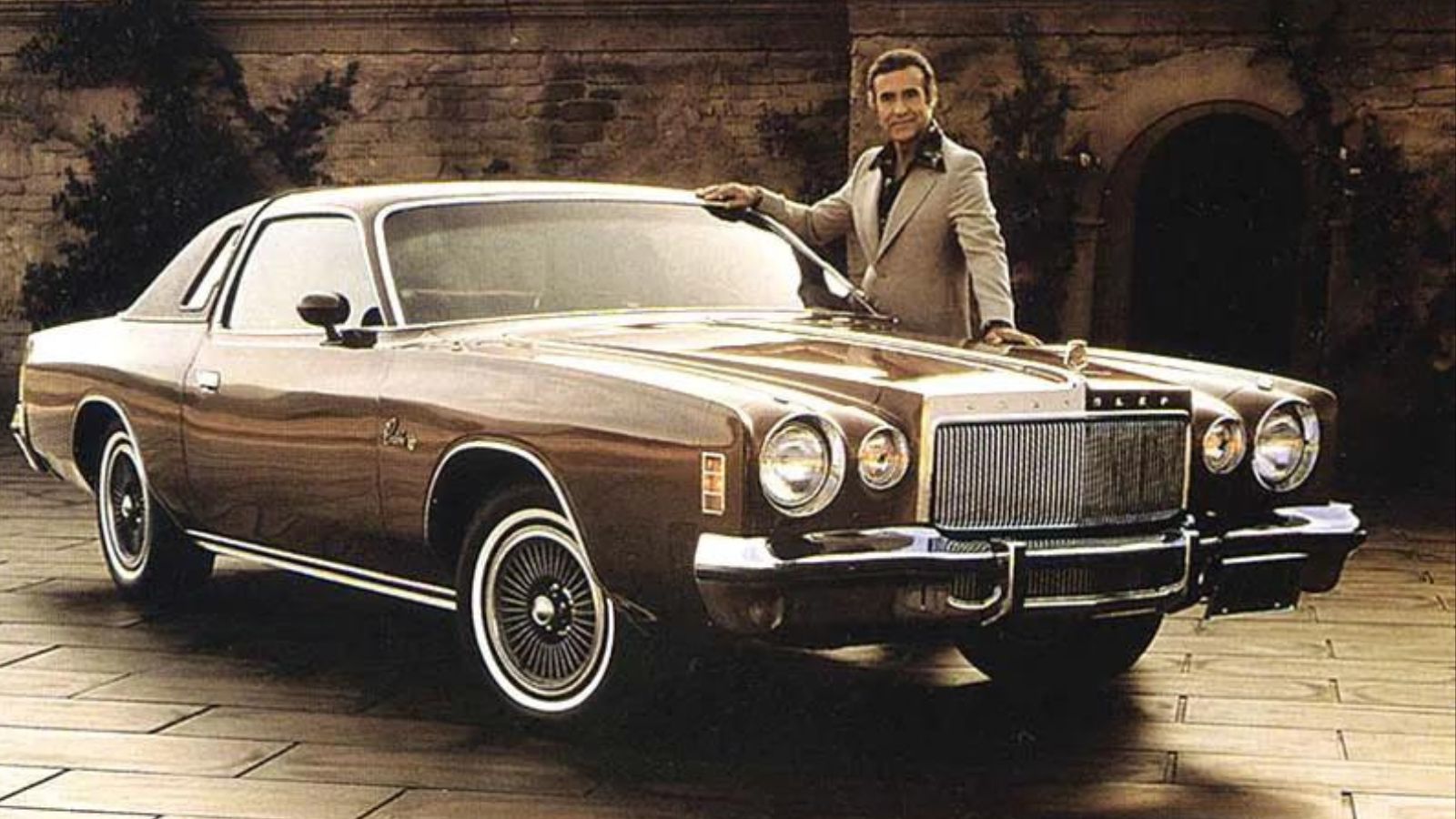
The Chrysler Imperial is credited with introducing cruise control to the people in 1958. It was initially called “auto-pilot” but was soon renamed by General Motors in 1963 to cruise control. The main difference between cruise and adaptive cruise control is that the former maintains a fixed speed while the latter adjusts the speed based on the car in front. In contemporary times, adaptive cruise control is a crucial safety device in every car.
11 Cars that are Known for Breaking Down Regularly

No car company wants to deliver a dud. However, even though companies try their best to deliver excellent cars, some cars turn out to be lemons, breaking down frequently. This creates problems for both the consumer and the manufacturer.
11 Cars that are Known for Breaking Down Regularly
